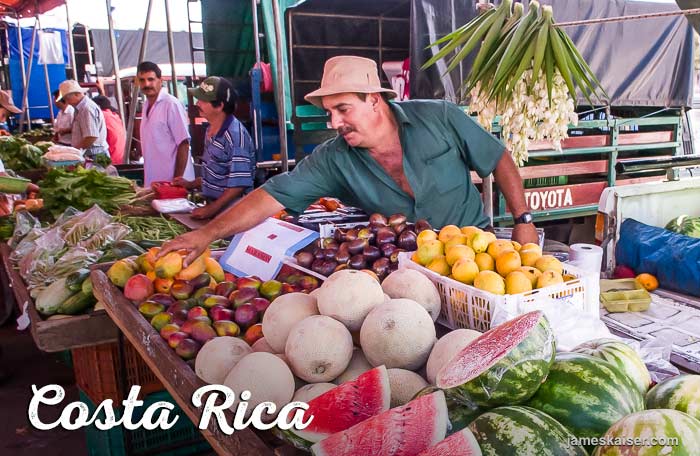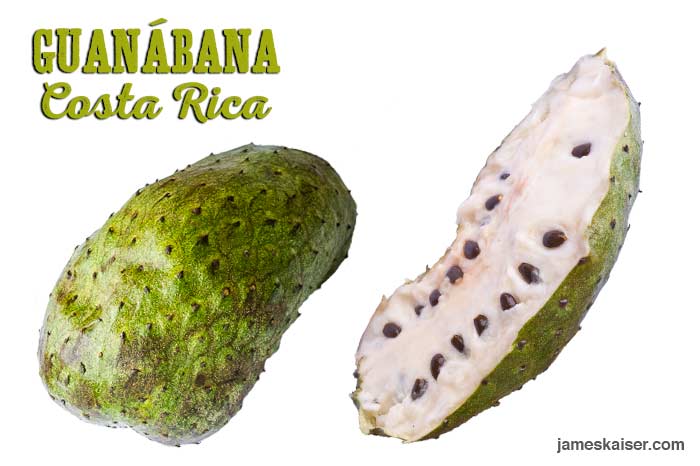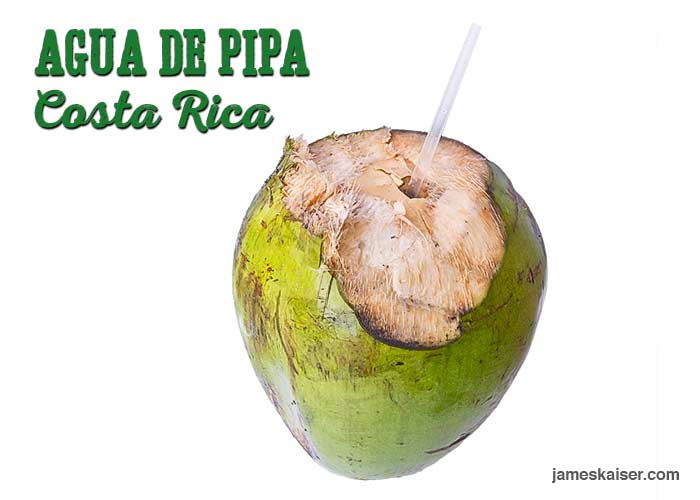Costa Rican food may not be famous, but Costa Rican fruit drinks should be.
The quality and quantity of fresh fruit in Costa Rica is astounding. No matter where you go, most restaurants offer a wide variety of delicious fruit drinks.
Costa Rican Fruit Drinks
When my Costa Rican friends visit the U.S., and I ask them about their trip, I always hear the same complaint:
“Why do U.S. restaurants only serve soda and alcohol? Why are there no fruit drinks?”
In Costa Rica, not serving fruit drinks is unthinkable. It’s so deeply embedded in the culture that most restaurants offer at least three or four options. Costa Ricans refer to these fresh fruit drinks as frescos, refrescos or jugos naturales.
Fresh Fruit or Concentrate?
Unfortunately, some Costa Rican restaurants have started serving fruit drinks made from concentrate (pulp) that arrives in plastic bags. While concentrates can still be tasty, you should definitely try to order real, homemade fruit juice.
Before ordering a fruit drink, ask the following question:
¿Fruta natural o pulpa? (pronounced “FROO-tah NAH-ter-al oh POOL-pah?”)
“Natural fruit or pulp?”
The server will often respond that some drinks are natural, while others are made from concentrate. You can then take your pick.
Milk or Water?
After selecting your delicious fruit, you’ll be presented with the following question:
¿En leche o agua? (“In milk or water”).
Most restaurants blend fruit drinks to order, adding milk or water as a thinning agent. I generally prefer water, but many people love the rich creaminess of milk.

Costa Rican Fruits
There’s a good chance you’ll recognize many fruits on the menu: mango, banana, papaya, pineapple (piña), watermelon (sandia), strawberry (fresa), blackberry (mora).
But many popular Costa Rican fruits remain unknown to gringos, including some of my personal favorites.
Here’s a quick primer:

Guanábana
Imagine a large, misshapen green football covered in goosebumps. Now imagine slicing it open to discover a fleshy, white marshmallow interior. You have just imagined guanábana.
This bizarre fruit — also known as soursop — is one of my personal favorites. It’s slightly tangy flavor falls somewhere between a banana and a pear.
After wrapping your head around the bizarre/delicious duality of guanábana, you’ll need to wrap your head around its pronunciation.
For years I struggled with a tidy explanation. Then my friend John visited and compared it Animal’s “Mahna Mahna” sketch on the Muppet Show.
Genius.
Replace the first “Mah” with “Gwah” and the second “Mah” with “Bah.” You’re now ready to order delicious beverages.

Maracuyá
Commonly known as passionfruit, maracuyá is intensely sour. But when sweetened with sugar it transforms into a divine ambrosia.
Imagine a magical, tropical lemonade bursting with complex flavors.
Fresh maracuyá makes all the difference. Whenever I see passionfruit in U.S. markets, I get depressed. They are almost always wrinkled and mushy.
Fresh passionfruit should be firm, smooth and shiny, like an apple. And that’s exactly what you’ll find in Costa Rica.
Slice open maracuyá and you’ll discover crunchy seeds covered with a tart, mucilaginous coating. The seeds and coating are scooped out, crushed together in a blender, then strained.
Maracuyá is pronounced “Mah-rah-coo-YAH”

Cas
This sour fruit, native to Central America, is about the size of an apple with a somewhat similar texture. The raw fruit is eaten with salt. When blended with sugar and water, it becomes a refreshing fruit drink.
The flavor of cas falls somewhere between an apple and a pear.
Tamarindo
This delightful reddish-brown drink tastes like a tangy tropical cider.
The tart, sticky tamarindo pulp comes from the seed pod of the tamarind tree. After boiling the seed pods, the pulp is removed and blended with water and sugar.

Fresh Coconut Water – Agua de Pipa
The coconut water craze is nothing new in Costa Rica. They’ve known about this delicious nectar for centuries.
But here in Costa Rica, they call coconut water agua de pipa.
Throughout Costa Rica, machete-wielding men sell green coconuts on the side of road, happily chopping off the top and inserting a straw for thirsty customers. In tourist towns, you’ll pay one to two dollars for a pipa. In rural areas, the going rate is about 25 cents.
Trust me, the prepackaged coconut water you’ve been drinking is a pale imitation of what you’ll experience in Costa Rica. I personally find boxed coconut water to be undrinkable — but of course, I’m spoiled. True coconut water should taste like watered-down honey.
Nerd note: technically coconut isn’t a fruit. Or a nut. Or a seed. It’s a fibrous, one-seeded drupe. But according to the loosey-goosey coconut pros at the Library of Congress: “When using loose definitions, the coconut can be all three: a fruit, a nut, and a seed.”
Chan
Order this hard-to-find beverage and you’ll be served a glass of what appears to be frog eggs.
In fact, these are the seeds of chan (Hyptis suaveolens), a member of the mint family. When soaked in water, chan seeds become chewy, gelatinous and slightly minty.
If you’re not afraid of tapioca or boba tea, you have no reason to fear chan. When sweetened slightly with sugar or honey, it’s uniquely refreshing.
Chan is supposedly a superfood high in protein, magenisum and omega-3 fatty acids. In Costa Rica it’s used as a natural remedy to treat a variety of ailments, including indigestion and heartburn.